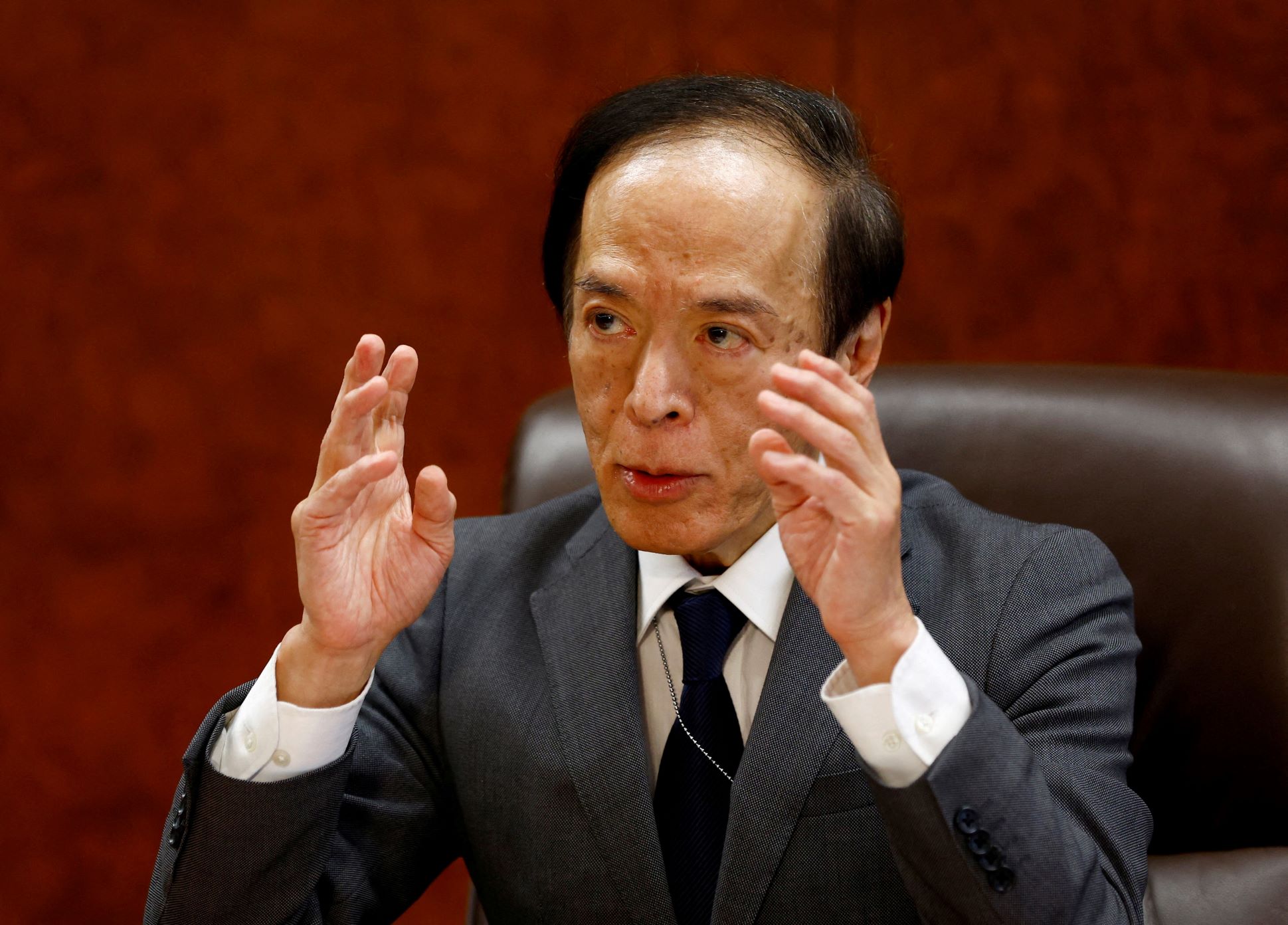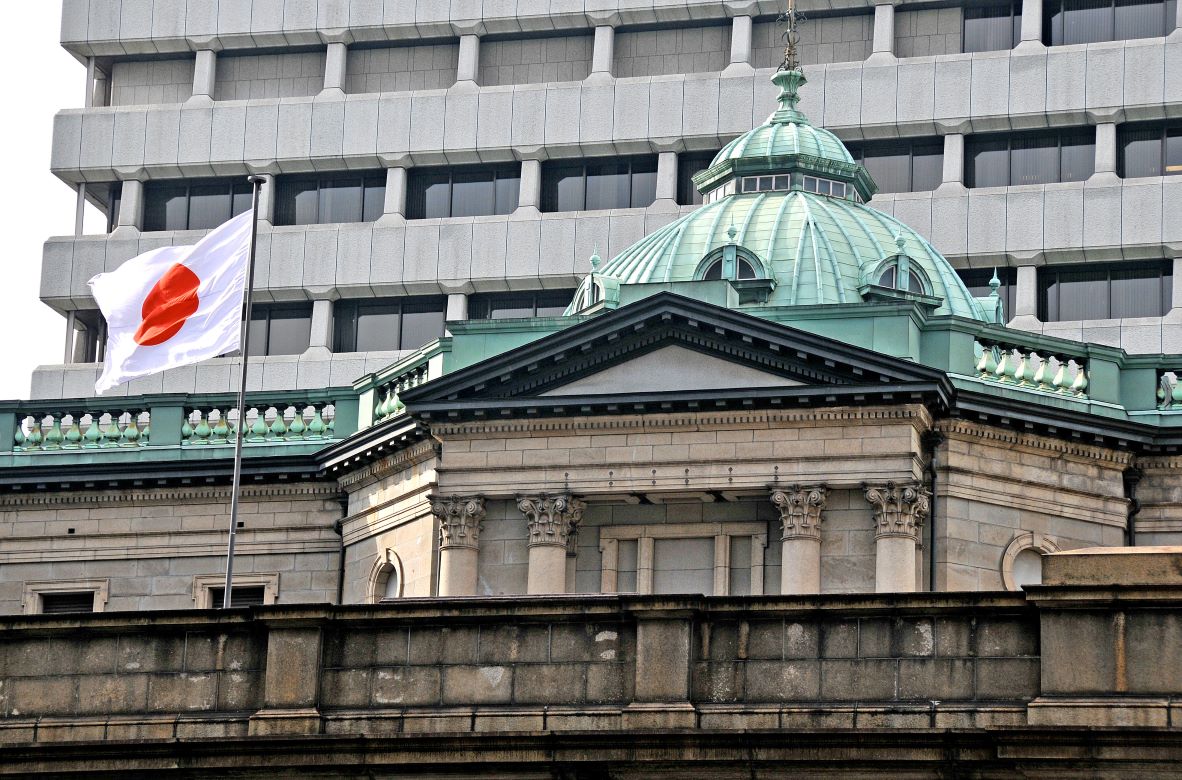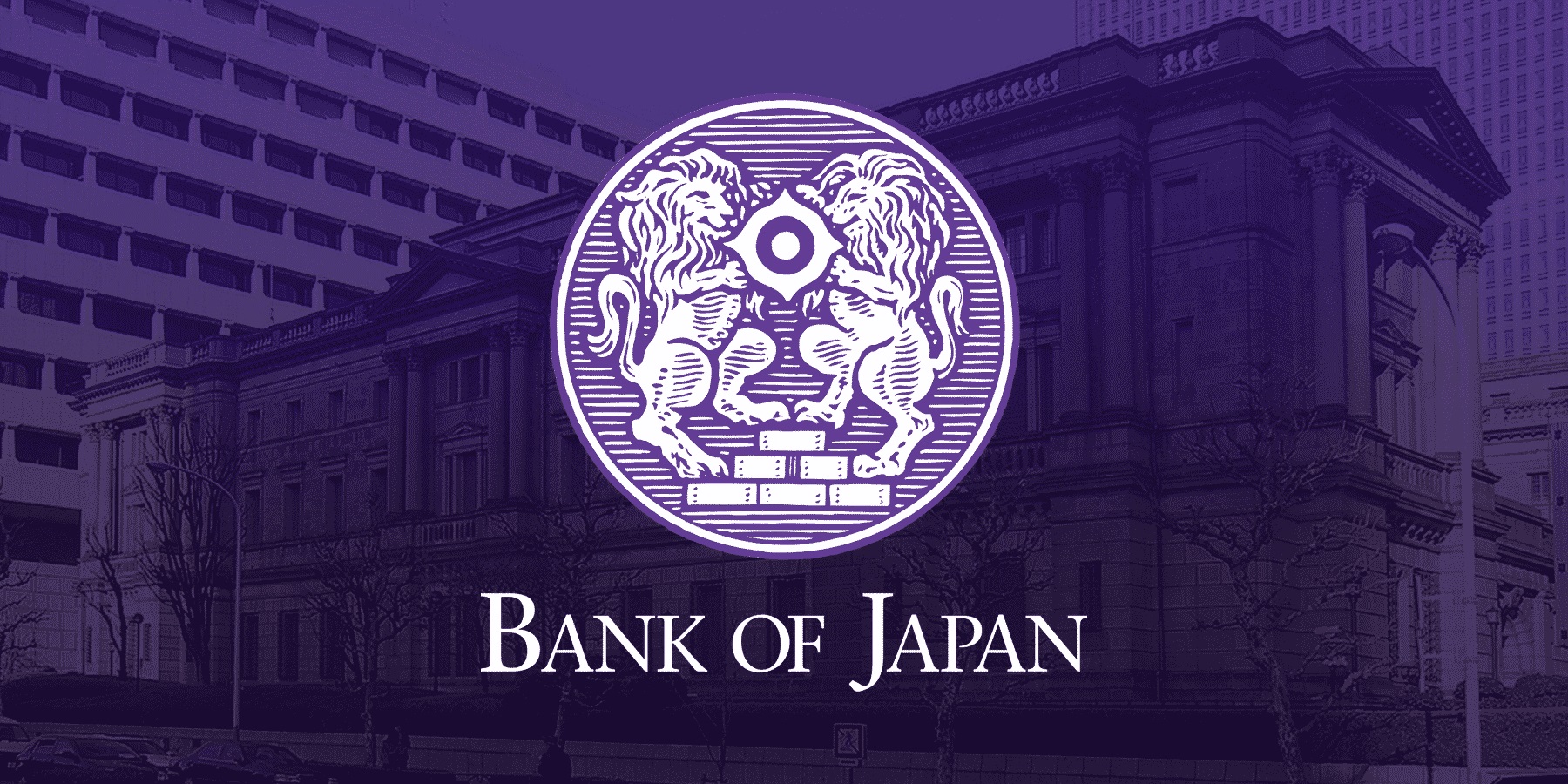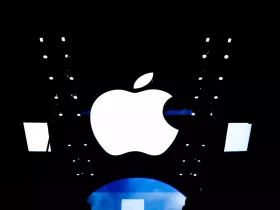Sources indicate that the Bank of Japan (BOJ) has shifted its policy approach from a dovish forward guidance to a more data-dependent stance following the termination of negative rates, leaving the possibility open for another near-term increase in borrowing costs.
Last week, the BOJ made a historic move by ending eight years of negative rates and unorthodox policy, marking a significant departure from decades of extensive monetary stimulus.
Despite this rate hike, the yen has depreciated by over 1% since the policy shift, as the market’s dovish interpretation of the BOJ’s communication reinforced expectations of a delay in another rate hike.
While the BOJ stated in its decision last week that it “anticipates that accommodative financial conditions will be maintained for the time being,” a closer examination of the statement reveals no commitment to maintaining interest rates at current low levels.

According to sources familiar with the bank’s thinking, the timing of the next move is contingent on data, implying that all options are under consideration.
This contrasts with the previous assertive tone of the BOJ’s guidance, which emphasized the continuation of ultra-loose policy until its price target is stably met, and readiness to ramp up stimulus if necessary.
This shift in communication aligns the BOJ with other major central banks, such as the Federal Reserve, which have adopted a more discretionary approach to policy as they aggressively hike rates to address surging inflation.

The significance of the BOJ’s upcoming quarterly growth and inflation forecasts, scheduled for the next policy meeting on April 25-26, is heightened.
These forecasts, including projections for fiscal 2026 for the first time, will provide insights into policymakers’ optimism regarding the likelihood of trend inflation reaching 2%.
Although most economists do not anticipate rate hikes until at least the fourth quarter, over half of them expect the BOJ to raise rates again this year, according to a poll conducted after the March policy shift.
There is speculation among analysts that the BOJ could take action as early as the meeting on July 25-26, particularly if there are signs that significant wage hikes are spreading to smaller firms.
This suggests that the BOJ remains vigilant about the potential impact of currency movements on economic and price projections.







Leave a Reply